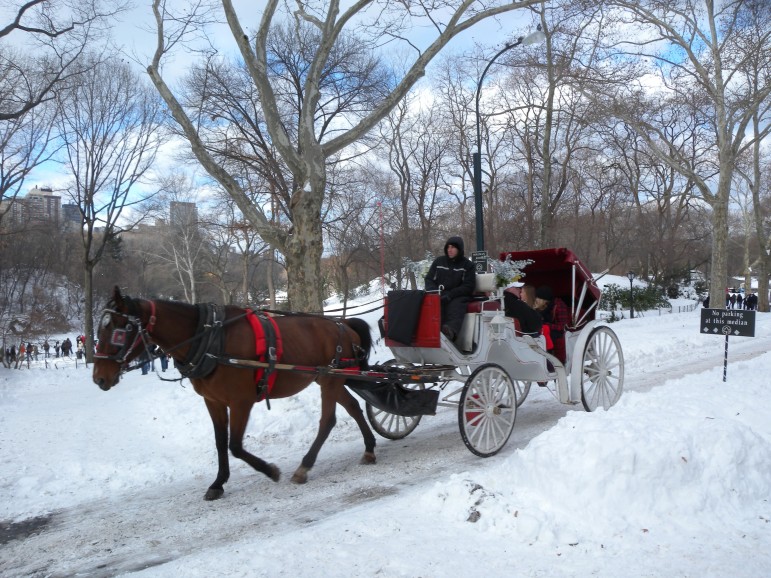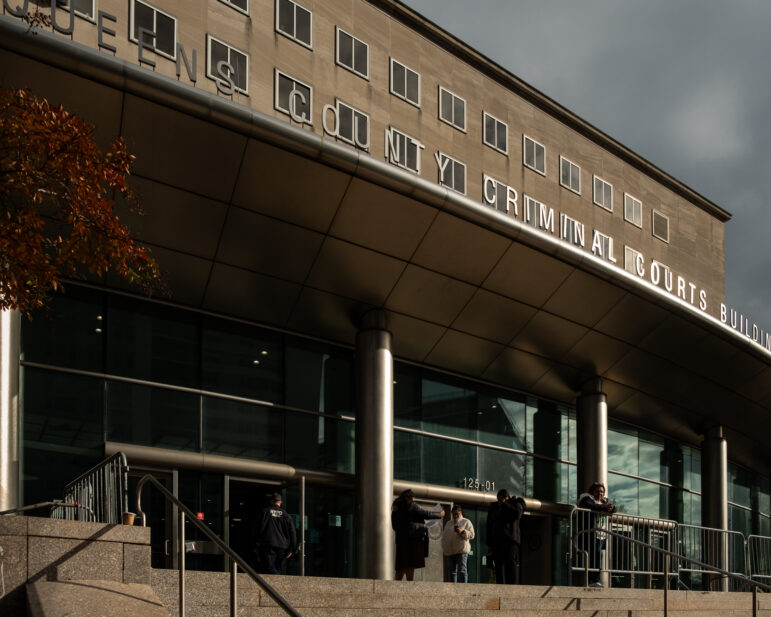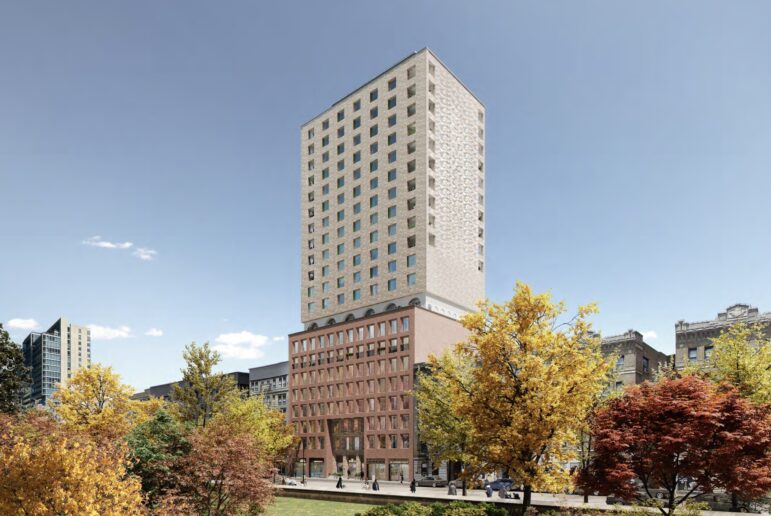
Jim Henderson
A snowy carriage ride in Central Park.
Neither carriage drivers nor die-hard animal-rights activists are ever going to be satisfied with any reasonable deal on the future of horsies in and around Central Park because their interests are completely opposite. Nor are they the only ones who feel let down by the compromise announced by Mayor de Blasio over the weekend. Pedicab drivers are furious that their access to the park is being limited. Budget hawks and others wonder about the cost of the plan. People not convinced the city’s biggest problem walks around on four legs gripe about the attention being paid to the demands of a small but vocal group of activists to whom the mayor owes big political IOUs.
Of all those who have arched an eyebrow about the proposed deal, however, one stands out as having a gripe that is relevant to the broader city: the parks advocates who are worried about the use of a public resource to support a private business. Specifically, they are upset that City Hall is planning to use an administrative building in Central Park for new stables so the downsized carriage fleet can operate entirely within the park.
The Observer quotes New Yorkers for Parks executive director Tupper Thomas asking: “Is this really the proper use of this beautiful parkland? … Could there be other things done there that would be more useful to the citizens of the city of New York?”
Good questions, and hardly the first time they’ve been asked.
The same concerns came up when the Yankees wanted to build their new stadium on a beautiful park in the middle of a densely populated low-income neighborhood. They’ve been raised occasionally about the arrangement that lets the Shake Shack dominate Madison Square Park, plans to build a mall near CitiField, and the Croton Filtration Plant that has transformed a chunk of Van Cortlandt Park. And, of course, there’s the upset over locating apartment buildings in the new Brooklyn Bridge Park.
Some of those disputes are part of a larger argument over the proper role of the public and private sectors in supporting parks—including the influence wielded and disparities created by parks conservancies, the Big Daddy of which is in Central Park. The growing presence of commercial activities in parks is often justified as a way to support a park system in the absence of sufficient commitment from the public budget.
Mayor de Blasio used a different rationale this weekend for the use of park property in the proposed carriage deal:
“… it’s a city-owned building already that needs to be fixed up anyway if we’re going to use it and not just leave it there as, you know, as a shell of a building. But the value we’re getting here for the people is to address the congestion issue … to address the safety issue, because there have been a number of crashes. I think it’s a good long-term investment to get the horses off our streets.”
The mayor was asked over the weekend if the city would have to alienate the parkland. “No,” he replied. “This is already a city-owned building and city-owned land that’s being used for logistical purposes in the park. It’s not land that the public goes on already. It’s the logistical areas that we repurpose.”
Maybe that’s a good enough reason. But there’s always a reason, it seems, to use parkland for something other than public recreation: An economically important sports franchise needs space and is willing to pay for replacement parkland. A popular restaurant will help support the upkeep of an historic space. A developer wants to build a mall on what is already just a parking lot. A residential building will generate revenue to help maintain a new park. A federal mandate requires filtration of the water supply and we’d rather not do it in Westchester County.
Individually, each of the rationales might or might not hold water; de Blasio’s seems the strongest since the carriage business already operates in the park. But viewing each instance narrowly misses the broader trend. In a few years’ time what will be the cumulative effect of instances where the public yields parkland to non-park uses? The reason parks were set aside by our civic fathers and mothers was probably not because no one could think of a potentially lucrative or helpful alternative use for them. In fact, the very presence of competing uses is why parks have traditionally been thought of as sacrosanct.
That doesn’t necessarily mean every inch of every park has to be frozen in time. Or maybe it does. Either way, as the city heads toward a population of 9 million, it’d be helpful for someone to articulate a durable approach to using parkland to meet other needs—because horses won’t be the last problem someone wants our green spaces to solve.








3 thoughts on “Carriage Controversy: New Debate Over How to Use NYC Parks”
Ask Tupper if having giant flea markets, privately owned food courts, for profit ice skating rinks with adjacent mini malls, or huge music festivals in public parks is appropriate use.
Funny when the neoliberal privateers start looking down their noses at fellow neoliberal privateers. Tupper, you were at the forefront with monetizing of public assets in Prospect Park. Don’t start whining now.
NY4P is not a real critic or advocacy group it is always evidence of pure laziness by any reporter that quotes them, just because of the name, and it predates Tupper, though she was an easy pick to scoot over from her double salary private and public job into this position. The main question is clear, it is an alienation and any park group should oppose that outright. Instead they have a long track record of supporting alienations pushed by any administration, because their donors say so, like supporting a mall in a queens park and even the yankee stadium boondoggle. Now though central park is the front yard of their donors….
DeBlasio gave the city property to the carriage owners to get them out of their stables so the developers that paid him off can build more towers for the rich